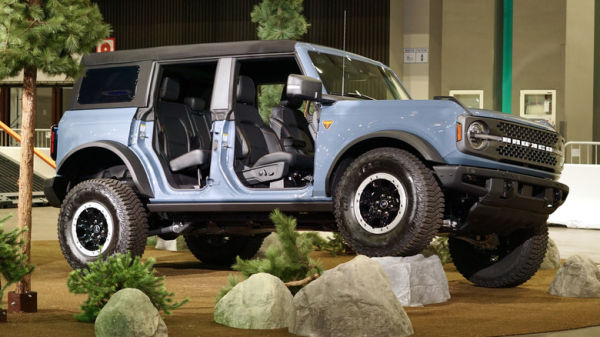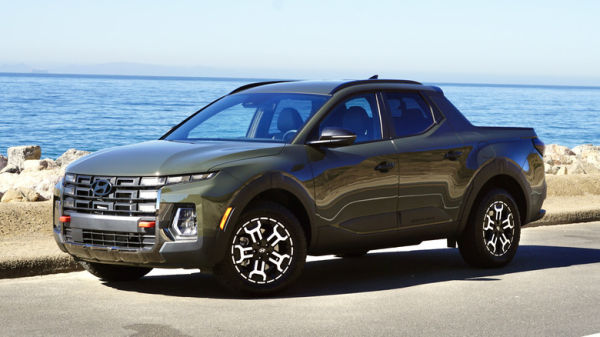For most mass-market vehicles, there are two methods of construction: unibody and body-on-frame (there are also monocoque vehicles, but they’re rarer and don’t really apply here).
Advertisement
Body-on-frame vehicles are a bit more robust. In the past, body-on-frame was one of the most common setups, but these days, big trucks and SUVs are where you can expect to see a body-on-frame setup. They generally offer stronger towing capability, and there are benefits when it comes to off-roading, too. Body-on-frame vehicles have a strong underpinning (the frame) that the body sits on top of. On-road and off-road, unibody and body-on-frame setups each have their own benefits and drawbacks. Between the two, which is better for your needs?
Body-on frame toughness
Body-On Frame: Which Is Better?" data-slide-num="1" data-post-id="1755977">
All of the biggest and baddest heavy-duty pickup trucks, like the Ford Super Duty and the Silverado HD, have body-on-frame setups.
Advertisement
While most family-friendly SUVs use unibody construction these days, the toughest SUVs still use body-on-frame setups. SUVs like the Ford Bronco, Jeep Wrangler, and Toyota 4Runner are all hailed as veritable kings of off-roading due in part to their body-on-frame construction. Body-on-frame construction takes abuse much better when there is twisting action involved. A scenario where this is likely to occur is off-road during heavy articulation. Want to maintain traction while you go over that big rock? A body-on-frame SUV is probably better suited for the task than something with a unibody. Want a big suspension lift or heavy-duty shocks? Body-on-frame is your best bet. If you’ve got big towing or hauling needs, or if you spend a lot of time crawling over off-road obstacles, a body-on-frame setup will serve you best.
Advertisement










